Your Home Bar Needs a Smoke Gun, an Immersion Circulator, and...Milk?
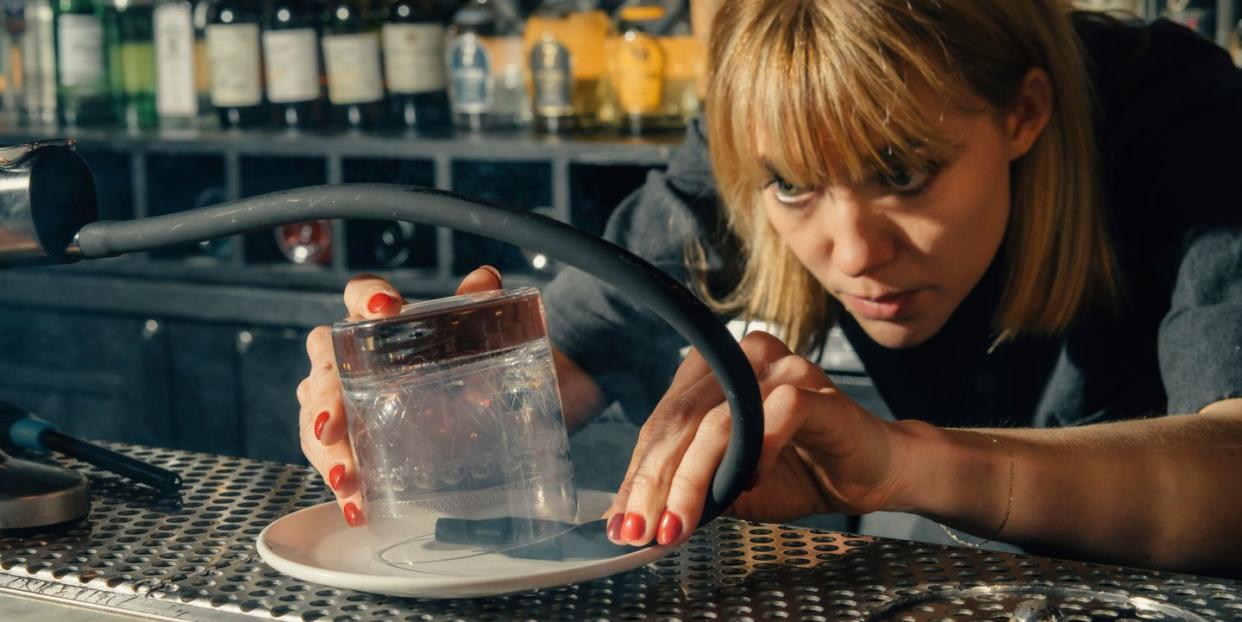
After you’ve mastered the basics of bartending, new techniques and unusual gadgetry can liven up your arsenal. Modern bartenders use tools like immersion circulators and smoke guns to inject unique flavors into their recipes. At New York City’s Existing Conditions, bartenders even use a centrifuge to clarify juice from fruits and vegetables, removing the suspended particles and creating crystal-clear additives. All this gear is a blast to use at home, but it can be pricey, so in addition to these equipment-based techniques, we’ve provided some low-tech alternatives and recipes that achieve a similar effect.
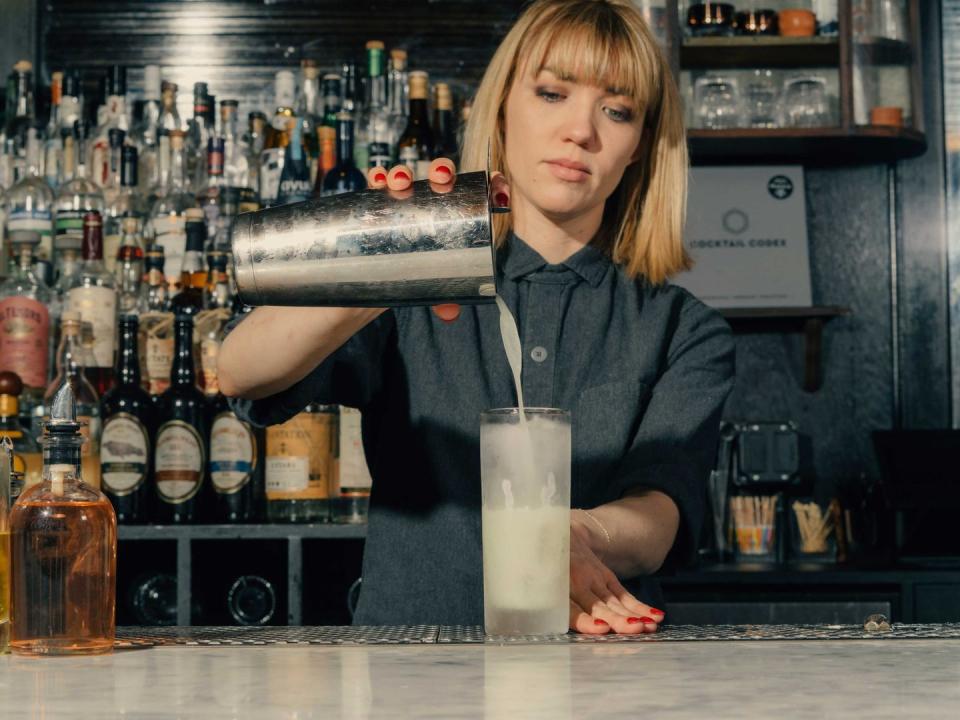
Infusions
Infusing spirits with ingredients is another way to introduce flavors to a cocktail, especially if those ingredients can’t be juiced (think spices, herbs, and fats like bacon or peanut butter). You can create many infused spirits by steeping the ingredients at room temperature and straining out the solids, but using an immersion circulator is more precise and wastes less alcohol. A circulator applies low heat to a contained mixture so the alcohol doesn’t evaporate, and it can work with more delicate ingredients like berries and fresh herbs. Alex Day, co-owner of Death & Co cocktail bar and the cocktail consulting company Propietors LLC, as well as co-author of Cocktail Codex, suggests setting your circulator between 135 degrees (for fragile ingredients) and 145 degrees (for heartier stuff) and cooking mixtures for two hours.
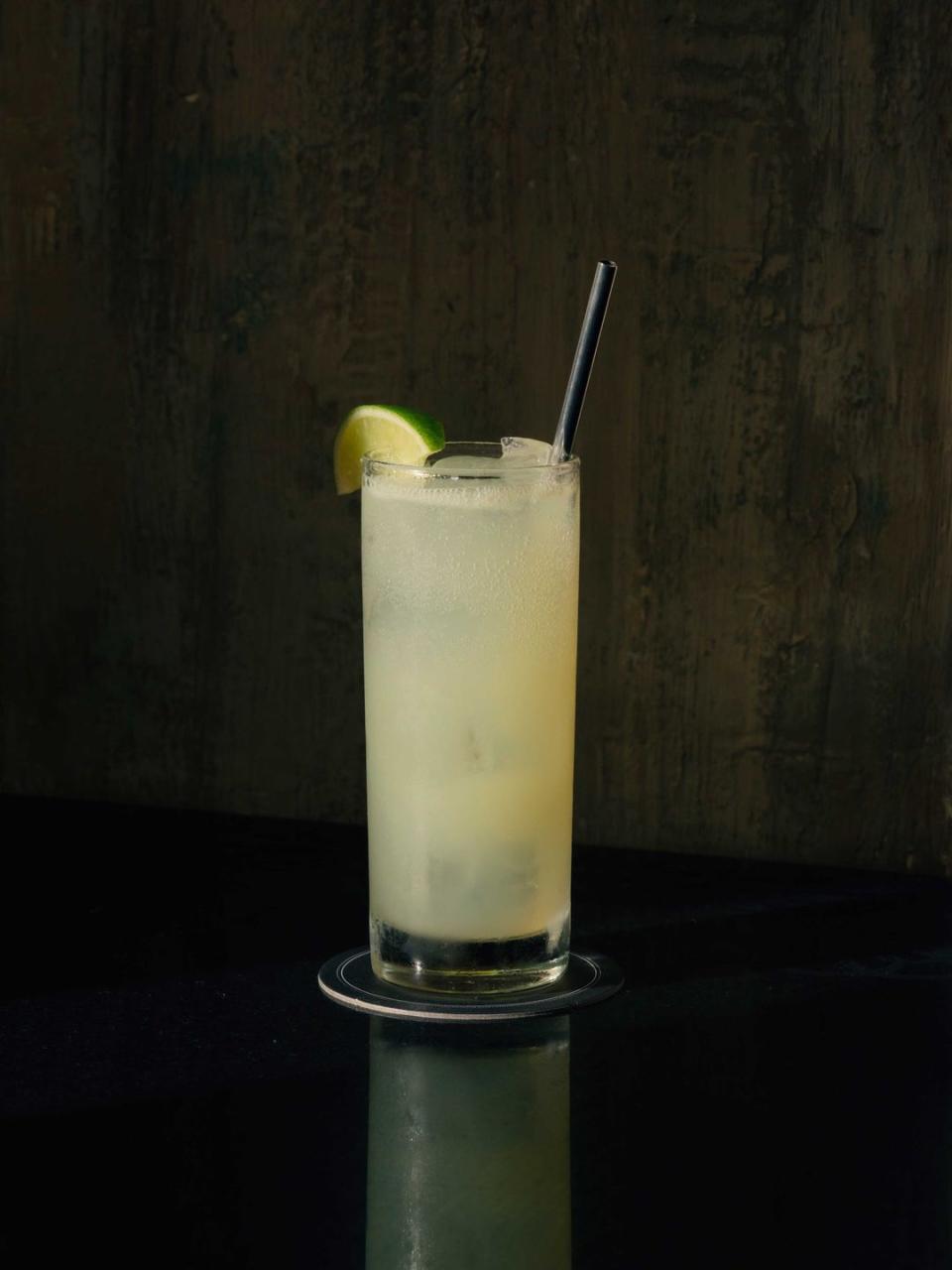
No Plane on Sunday
Recipe by Alex Day and Devon Tarby
50 grams coconut flakes
1 750 ml. bottle of rhum agricole
2 oz. toasted coconut rhum agricole
0.75 oz. ginger syrup
0.5 oz. lime juice
Seltzer water
Lime wedge and ginger candy for garnish
For the infusion:
In a small saucepan, toast coconut flakes over medium heat until slightly golden. Pour one bottle of rhum agricole (such as La Favorite Blanc Coeur de Canne) in a plastic bag, stir in flakes, and seal the bag. Fill a medium basin with water, place your immersion circulator inside with the bag of coconut and rum, and set the temperature to 135 degrees. After two hours, remove the bag from the hot water bath and place in an ice bath until fully cooled. Strain the rum to remove all solids, then rebottle and refrigerate.
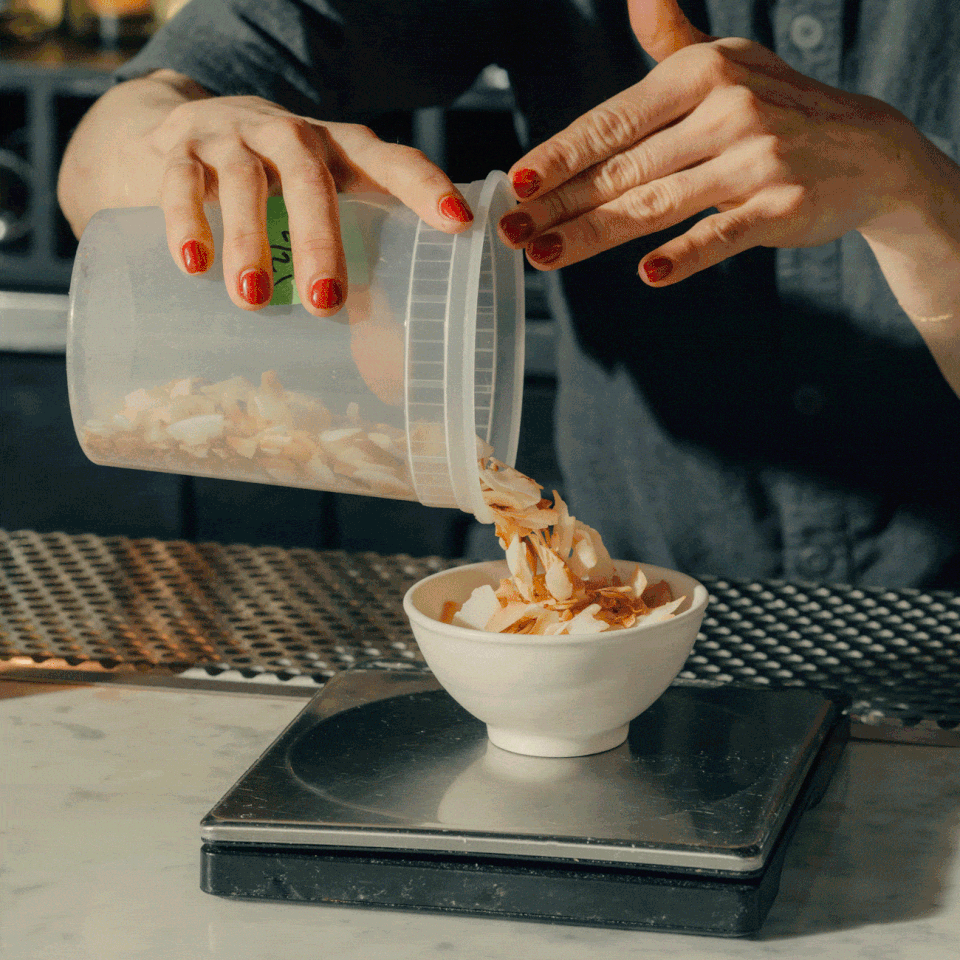
For the cocktail:
Shake 2 ounces of the infused rum, ginger syrup, and lime juice with ice, then strain over more ice into a Collins glass. Add a splash of seltzer water, top with more ice if desired, and garnish with ginger candy and a lime wedge.
Barrel Aging
This technique, developed by award-winning Portland-based bartender Jeffrey Morgenthaler, uses an oak barrel to tame harshness and alter flavor in spirit-driven drinks made with fortified wine, such as a Negroni. The semi-porous wood allows oxygen to interact with the ingredients—mellowing the vermouth in a Negroni, for example—while imparting woodiness into the final beverage. Try this technique with a Manhattan, Boulevardier, or any drink without spoilable components.
If you don’t want to invest in a barrel, Morgenthaler recommends soaking your cocktail in a glass jar with a handful of Jack Daniels Wood Smoking Chips. Cover the jar with a coffee filter instead of a lid so the drink will oxidize.
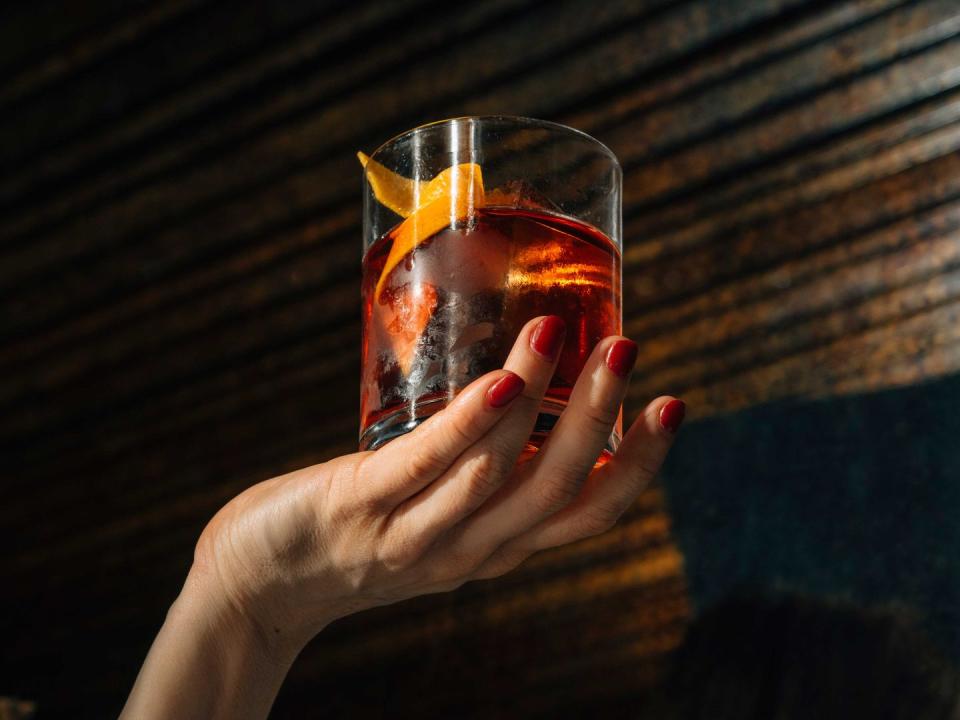
Barrel-Aged Negroni
Recipe by Jeffrey Morgenthaler
42 oz. dry gin
42 oz. sweet vermouth
42 oz. Campari
Orange slices for garnish
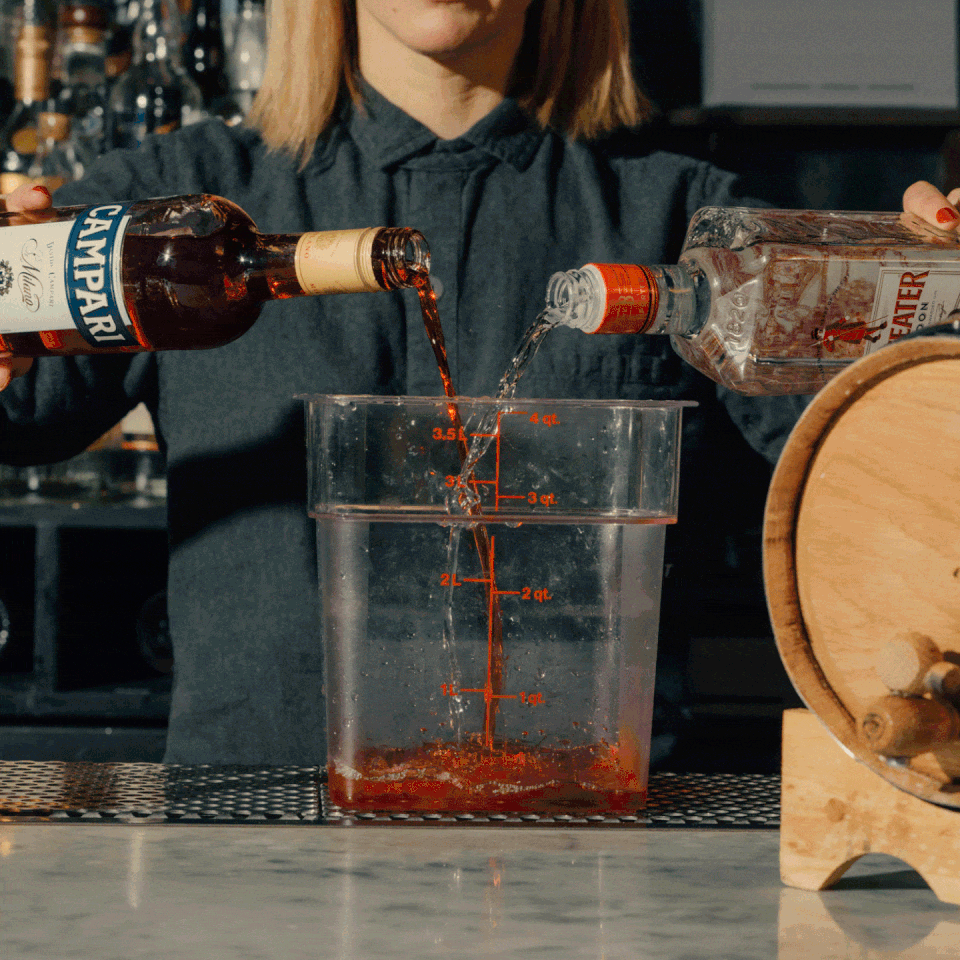
Stir ingredients together and pour into a one-gallon oak barrel. Leave for 60 days, then strain and store in glass bottles. When ready to serve, pour 3 ounces over ice in a shaking tin or mixing glass, stir, and strain into an Old-Fashioned glass. Garnish with a thin orange slice.
Milk Washing
What barrel aging does to fortified wine, milk washing does to citrus and tea. During milk washing, curdles form as milk proteins bind with bitter-tasting compounds. This neutralizes astringency, produces a silky texture, and removes color, creating a clear appearance in the final product. The result is often associated with a preserved English-style milk punch that could theoretically be stored almost indefinitely. The original milk punches were made with brandy, but many popular versions today are rum-based.
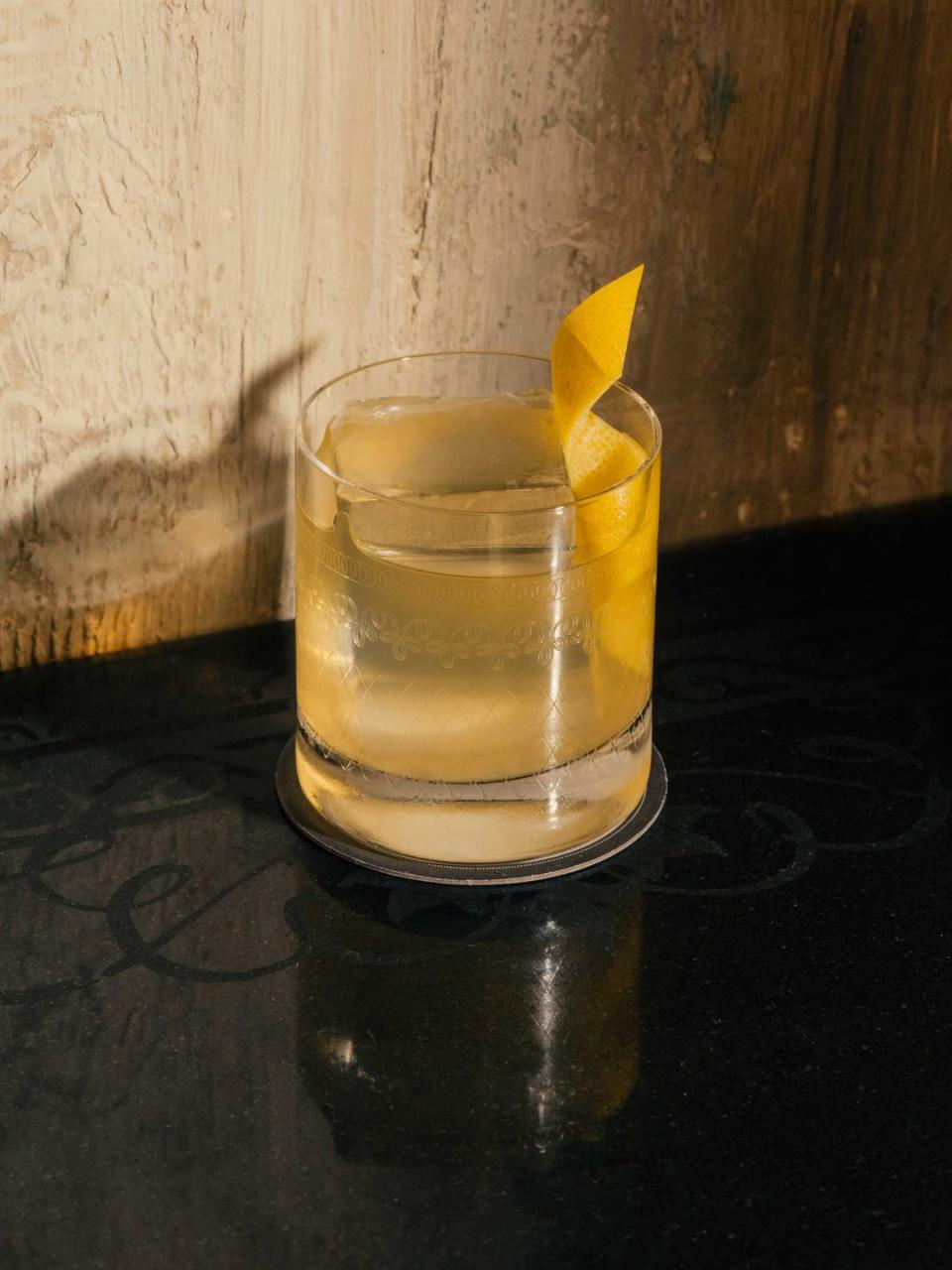
Milk & Honeycomb Punch Cocktail
Recipe by Emily Arden Wells of Gastronomista
1 cup Hangar 1 Honeycomb Vodka, plus 1.5 ounces per cocktail
3 cups brewed black ginger tea
3 cups fresh lemon juice
3 cups fresh orange juice
1 cup simple syrup
3 cups whole milk
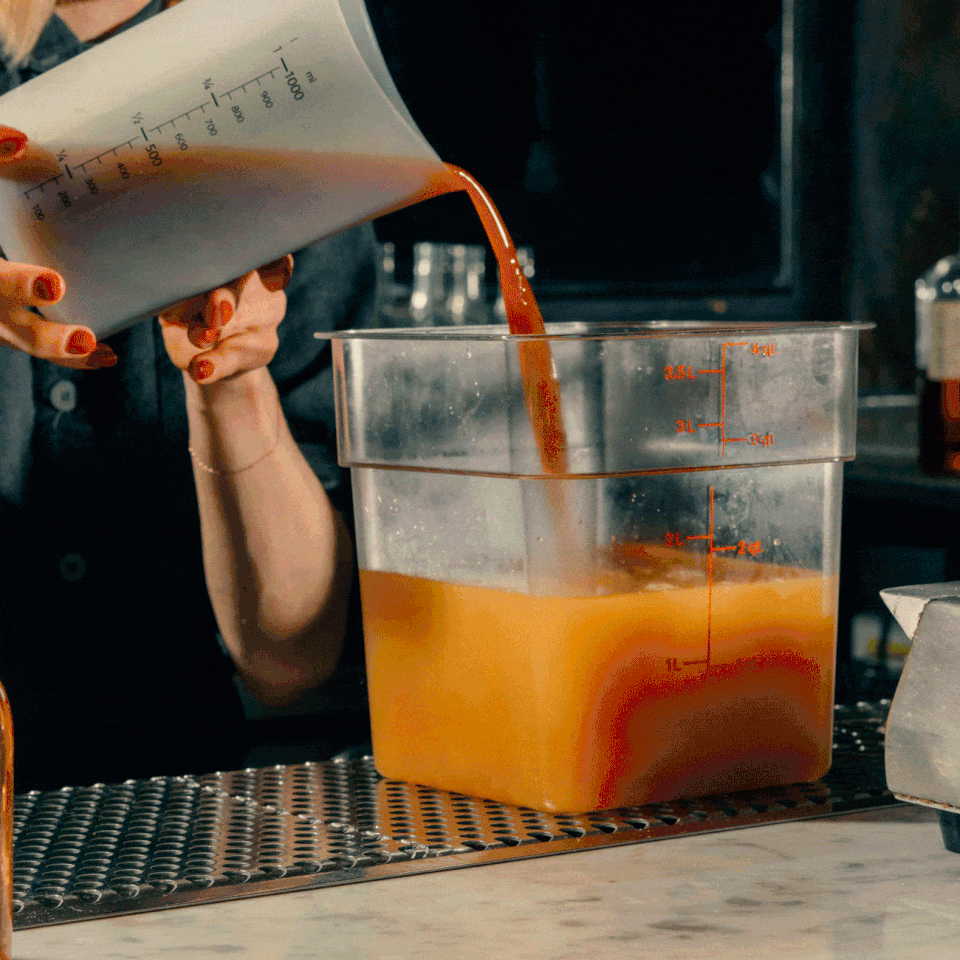
Combine the first five ingredients (except 1.5 ounces of Honeycomb Vodka—per cocktail) in a pitcher. In a saucepan, bring the milk to a simmer, then pour the contents of the pitcher into the saucepan. Cover and refrigerate overnight. The next day, strain the punch through a fine-mesh sieve into a large jar or pitcher. Cover and place back in the fridge to let any remaining milk curds settle to the bottom of the vessel. Using a ladle, transfer the punch into a storage container. When ready to serve, pour 2 ounces of punch and the remaining 1.5 ounces of vodka in an Old-Fashioned glass. Add 1 large ice cube, and stir for 15-20 seconds. Garnish with a lemon twist.
Smoking
Smoking injects flavor into spirits, syrups, drinks, ice, and glasses, but it’s potent. “You should be careful with smoke in cocktails,” Day says. “It can quickly make things taste like liquid smoke, so for me, it’s more of a garnish than an ingredient.” The most fun way to smoke something is with a smoking gun. Fill the combustion chamber with wood chips, tea leaves, or other dried herbs and spices and let the ingredients smoke for 10 to 20 minutes. Ice takes longer to infuse (several hours for the best result) and garnishing a glass takes much less (a matter of minutes). If you don’t have a smoking gun, you can torch a wood plank (just be careful) and capture its smoke in a container, or even grill fresh ingredients and make them into a syrup.
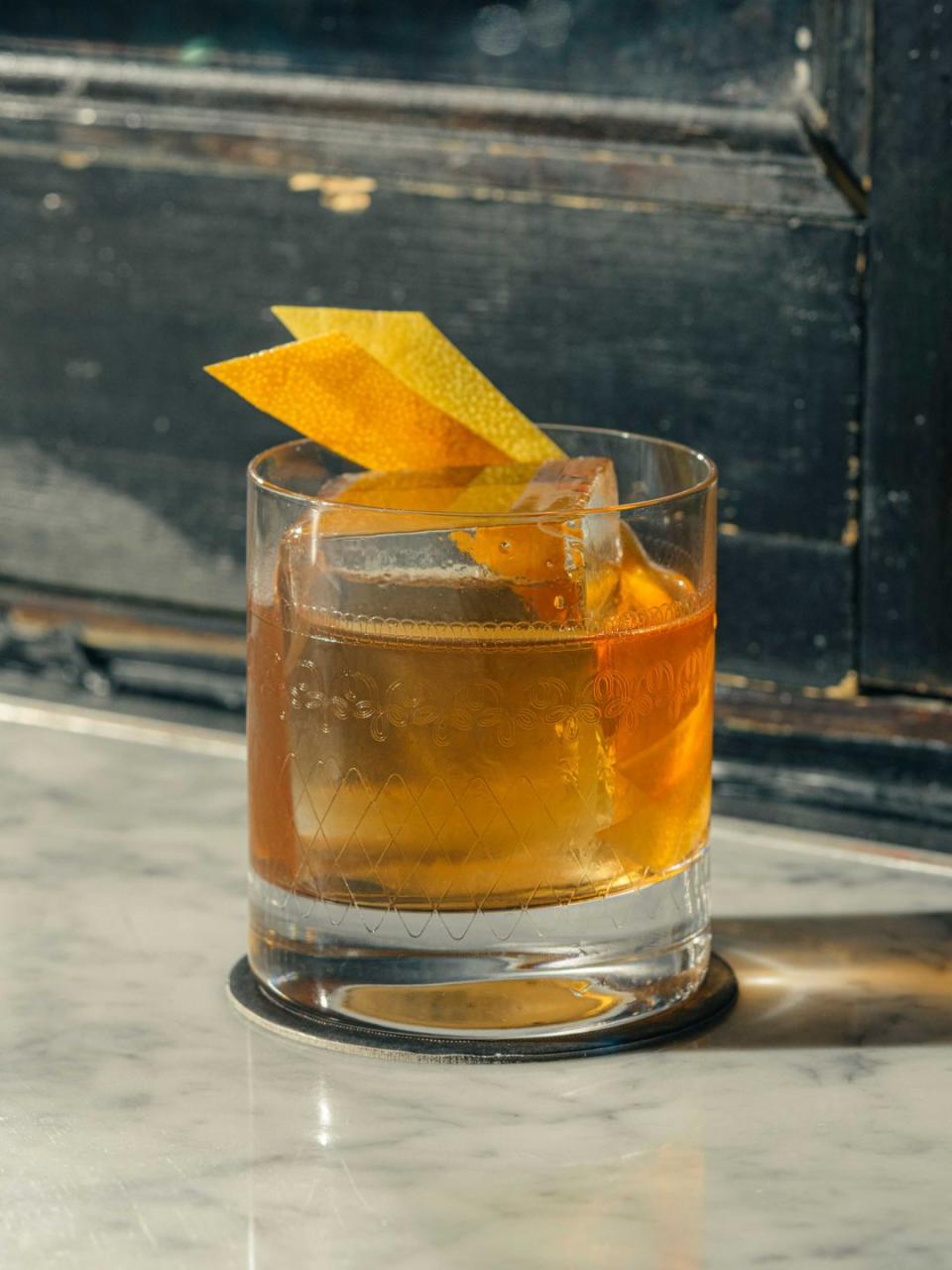
Smoked Old Fashioned
Hickory wood chips
2 ounces bourbon
1 sugar cube
2 dashes Angostura bitters
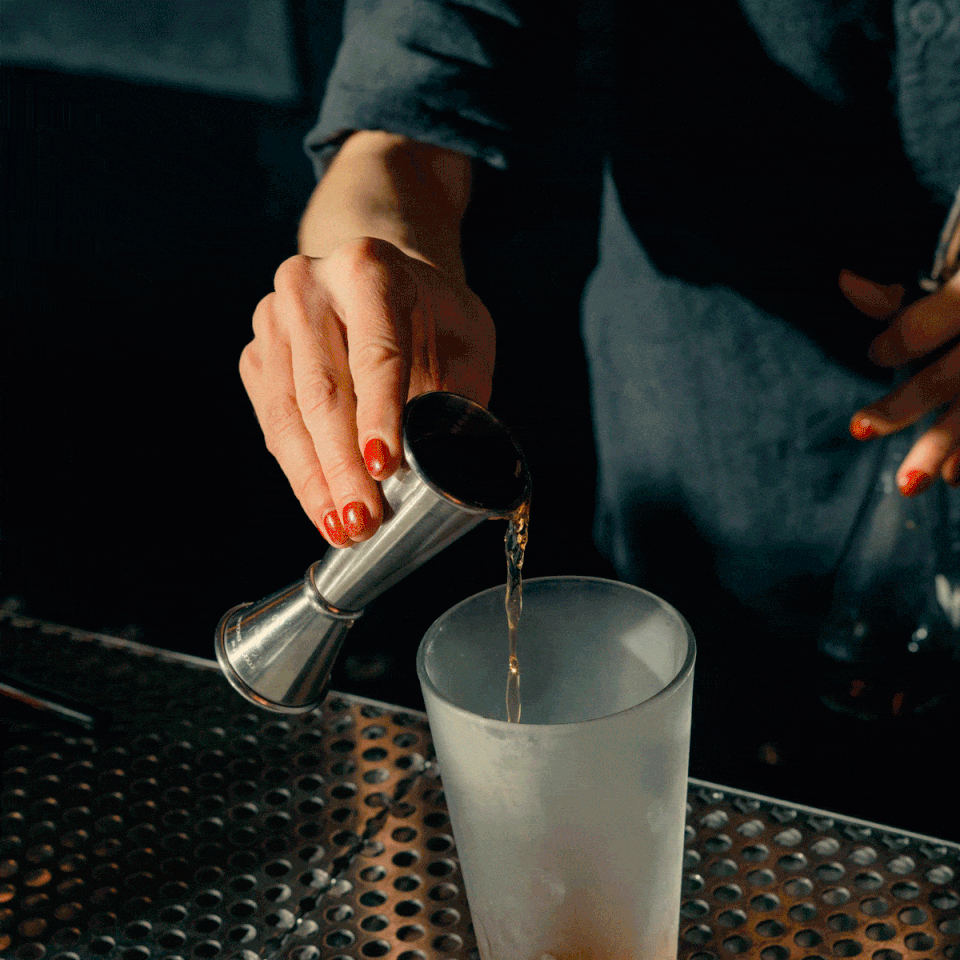
Turn an Old-Fashioned glass upside down on a clean surface and slip the hose from a smoking gun underneath the rim. Fill the glass with smoke, remove the hose, and let the glass sit for 1 to 2 minutes. Flip the glass right side up. Muddle the sugar cube and bitters in the glass, then add the bourbon and 1 large ice cube. Stir until chilled. Garnish with a lemon and orange twist.
Photographed at Death & Co in New York City in February 2020
You Might Also Like

